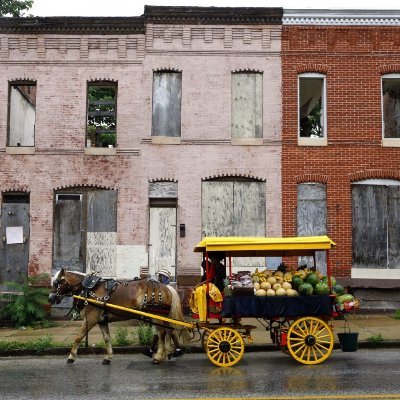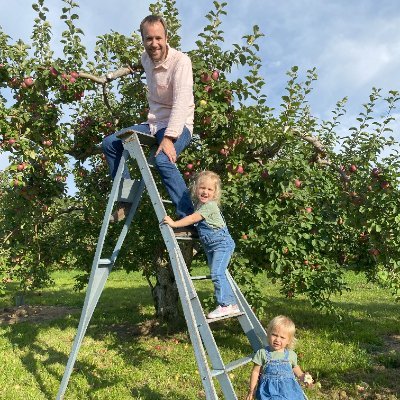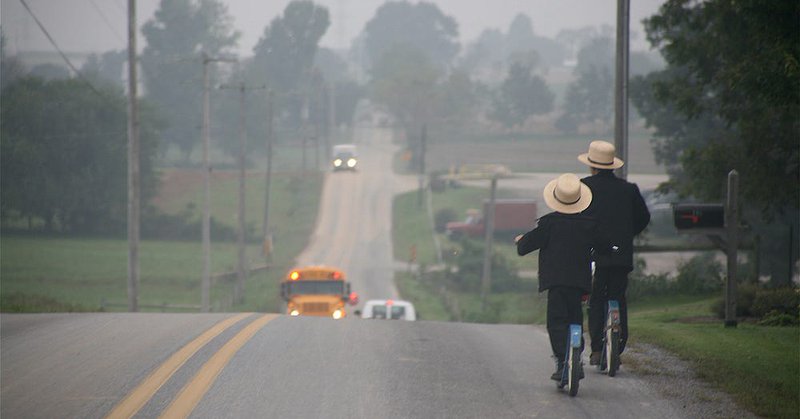
Demographic Renaissance
@DemographicR
Followers
2K
Following
2K
Media
388
Statuses
2K
Documenting Above-Replacement Fertility in Sub-Replacement Contexts
Joined November 2021
RT @ComteWasRight: Donnermeyer released another Amish fertility study. The paper compares completed fertility across four Swiss Amish sett….
0
18
0
RT @Ulmer62336950: @DemographicR.I updated your spreadsheet with the number of Hutterites colonies with the latest data (2024?) : .No colon….
0
1
0
RT @Ulmer62336950: So I wanted to update @lymanstoneky graph on Amish fertility based on ACS samples of women respondants speaking Pennsylv….
0
17
0
Could partially explain why high female Haredi employment (78%) does not correlate with low TFR. Haredi women have high marriage rates, marry young (18-25), & high labour force force participation (+ often attend post-secondary after marriage while also raising a family).
Basically, women with more lifetime earnings have lower lifetime exposure to marriage. My hypothesis on this (and it's just a hypothesis) is simply that we know that women have strengthening preferences over time for higher-earning mates, and high-earning women have fewer of.
3
2
31
RT @akhivae: AMISH TAKEOVER?. How the Amish used the growing numbers to remake public schools in their own image. One school district runs….
medium.com
The Amish have embraced public education and are remaking it in their own image. In Holmes County, Ohio several public elementary schools…
0
30
0
Wild that Québécois Canadians largely stem from a 17th century founder pop of ≈8,500. Today:.-🇨🇦 ≈7M core descendants .-🇺🇸 ≈1M core descendants .-Millions more w partial or trace ancestry (incl. 1/8th of my own ancestry). Acadians stem from ≈80 people!.-🇨🇦 ≈400k.-🇺🇸 ≈900k.
In natural fertility population, women have about half of their births after age 30. The average fertility rate in natural populations ranged from 4-10; which means women had between 2-5 children (on average) after age 30.
11
36
237
RT @AccurateCaption: The Young Center for Anabaptist and Pietist Studies has just issued its annual Amish population update. According to t….
0
17
0
RT @ComteWasRight: Here is the growth rate for the last 5 years. At 3.67%, Wisconsin's annual growth rate is #1 from big Amish states. Smal….
0
15
0







